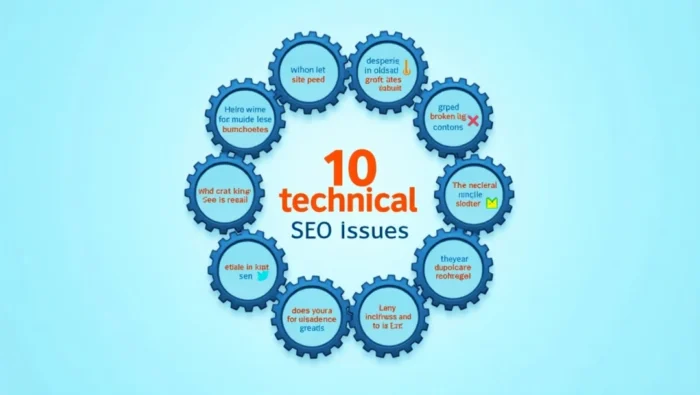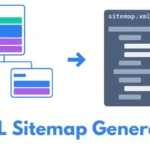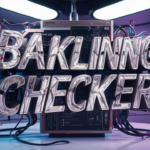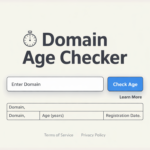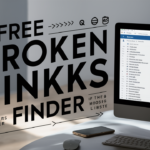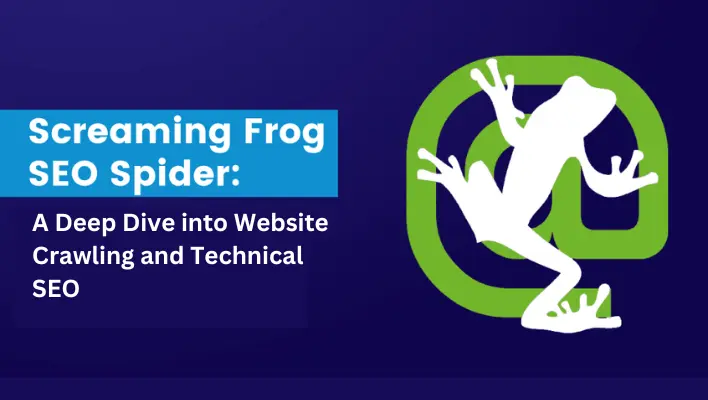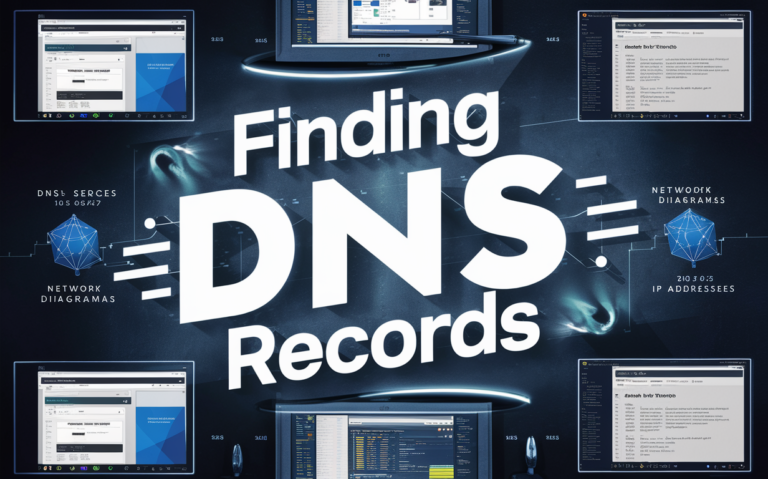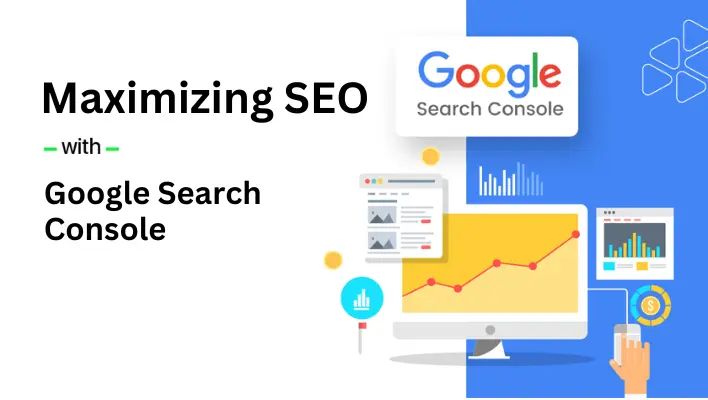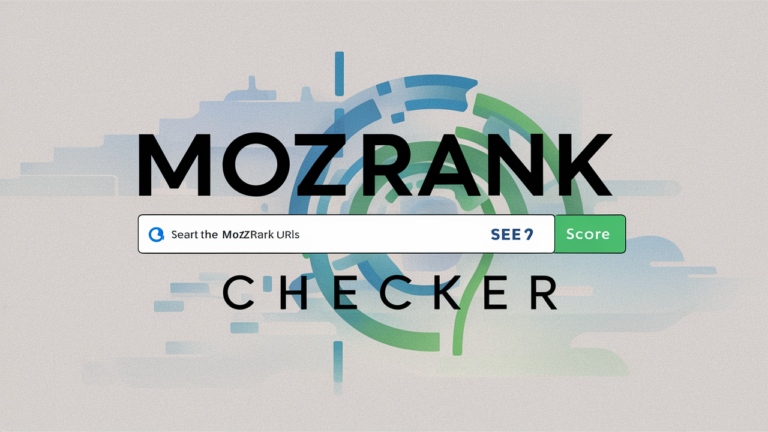Top 10 Critical Technical SEO Issues (and How to Solve Them)
If your website isn’t ranking the way you expect, it might not be your content or backlinks holding you back—it could be technical SEO. From crawling errors to broken links and duplicate content, even small mistakes can prevent your pages from being properly indexed by search engines.
In this article, we’ll walk through 10 common technical SEO issues, how to check for them, and how to fix them. These are the backend details that make or break your ability to show up in search results—let’s make sure they’re working for you, not against you.
Contents
1. Missing or Broken XML Sitemap
A sitemap is like a roadmap for search engines. Without it, Google may not find your important pages—or worse, index outdated ones.
How to Check:
Use Google Search Console or Mini SEO tool to see if your sitemap is submitted and error-free.
How to Fix It:
Generate a new sitemap (using tools like Yoast, Screaming Frog, or an XML generator), ensure it includes canonical URLs only, and submit it to Google Search Console.
2. Robots.txt Blocking Essential Content
Your robots.txt file tells search engines what not to crawl. Done wrong, it can accidentally block high-value pages.
How to Check:
Visit yourdomain.com/robots.txt and check for “Disallow” directives. Use Search Console’s “robots.txt tester” for deeper insights.
How to Fix It:
Make sure you’re only blocking pages that shouldn’t be crawled (like staging sites or admin pages). Never block pages you want indexed.
3. No HTTPS Security
Google has confirmed HTTPS as a ranking signal. If your site is still on HTTP, you’re losing trust—and traffic.
How to Check:
Just visit your site and look for the lock icon in the address bar. You can also scan using SSL Checker tools.
How to Fix It:
Get an SSL certificate from your hosting provider or a certificate authority. Set up 301 redirects from HTTP to HTTPS and update your sitemap accordingly.
4. Duplicate Content Issues
Duplicate pages confuse search engines and dilute your ranking signals.
How to Check:
Use tools like Copyscape, Siteliner, or Screaming Frog to find internal duplicates.
How to Fix It:
Use canonical tags to point to the primary version of a page. Consolidate similar content where appropriate, and avoid repeating boilerplate copy across pages.
5. Poor Mobile Optimization
Over half of global traffic comes from mobile devices—and Google indexes mobile-first.
How to Check:
Use Google’s Mobile-Friendly Test or check mobile usability issues in Search Console.
How to Fix It:
Ensure your design is responsive. Avoid pop-ups that block content, use readable font sizes, and prioritize mobile load speed.
6. Pages Not Indexed
Having great content means nothing if it’s not indexed.
How to Check:
Search site:yourdomain.com in Google to see what’s indexed. Use the URL Inspection Tool in Search Console for specific pages.
How to Fix It:
Make sure your pages don’t have “noindex” tags. Submit them manually via Search Console if needed, and build internal links pointing to those pages.
7. Slow Page Speed & Core Web Vitals Failures
Users bounce from slow sites, and Google tracks that.
How to Check:
Run a speed test using PageSpeed Insights or Lighthouse. Look for metrics like Largest Contentful Paint (LCP), First Input Delay (FID), and Cumulative Layout Shift (CLS).
How to Fix It:
Compress images, minimize JavaScript, enable caching, and consider a CDN. Use lazy loading for images and videos.
8. Broken Internal Links
Broken links frustrate users and confuse search engines.
How to Check:
Crawl your site with Screaming Frog or Ahrefs to identify broken (404) links.
How to Fix It:
Update the links to point to valid pages or use 301 redirects. Regular audits help catch new issues before they pile up.
9. Inconsistent Canonical Tags
Without proper canonicalization, you risk duplicate content penalties.
How to Check:
Inspect the <link rel="canonical"> tag on your pages. Tools like Sitebulb and Screaming Frog can flag canonical conflicts.
How to Fix It:
Ensure every page points to the correct version—especially if you have filtered or paginated content.
10. Missing or Inaccurate Alt Tags
Alt tags help search engines understand images and are essential for accessibility.
How to Check:
Use a crawler to check for missing or duplicate alt attributes.
How to Fix It:
Write clear, descriptive alt text for each image, especially if it conveys core content or context. Don’t stuff keywords—be relevant.
Final Thoughts About Technical SEO Issues
Technical SEO isn’t glamorous—but it’s the foundation of every successful SEO strategy. These issues are often straightforward to fix, yet crucial for ensuring your content is discoverable, indexable, and user-friendly.
Don’t let a blocked page or broken link stand between you and your next conversion. Start with a technical audit and work your way through these fixes—your search rankings (and users) will thank you.

